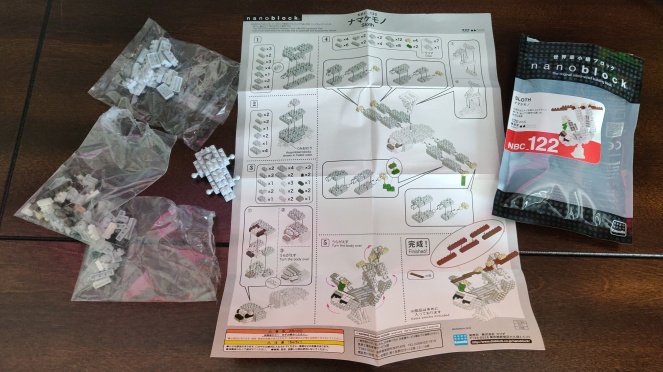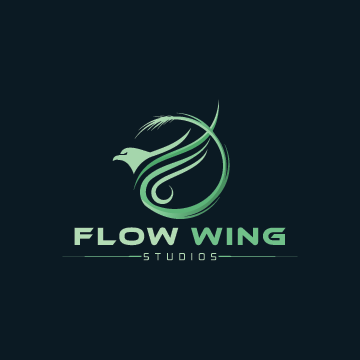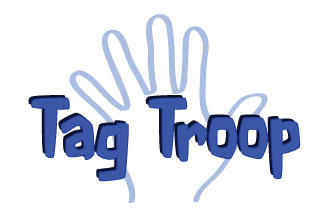Just about everyone and their friend’s Bichon Frisé’s piano teacher’s uncle who works at Nintendo has played with LEGOs, the ubiquitous interlocking plastic building blocks. The toy series was invented in Denmark over 70 years ago and is now one of the most successful products of all time.
However, there are competing products that also attempt to scratch that creative itch, including a version from a Japanese company called nanoblock. Appropriately stylized in all lowercase, nanoblock takes the small-scale construction concept and shrinks it to even tinier proportions. A unique selling point of nanoblock over its more established competitors is the possibility of crafting a model with a higher level of detail.
A 120-piece puzzle of a certain arboreal mammal was my gateway into the world of nanoblock. NBC_122, code-named “SLOTH” (or “ナマケモノ” in the micro-block’s mother tongue), was the subject of a fateful encounter in a gift shop. I just couldn’t pass up the opportunity to erect a little statue of such a magnificent creature.
Just like with themed LEGO sets, nanoblocks include instructions with visual steps on how to construct the figure. The sloth set is part of the “mini-bag” series and is marked with a difficulty of 2 out of 5. If you’ve built a LEGO set before, you could likely handle a level-2 nanoblock set.

It helps to have a sharp eye and steady hand since the bricks get as small as 4mm x 4mm x 5mm! The company offers special tweezers for the most devoted assemblers, though I didn’t feel that they were necessary for the sloth.
After a couple of focused building sessions, I became the proud owner of a blocky rendition of one of my favorite animals. It measures in at about 3.5 inches wide from the top of the head to the opposite tip of the branch and is approximately 2 inches tall from the swivel base to the hands.

There’s a sense of pleasure and accomplishment when piecing together a puzzle and displaying the completed art on your wall or shelf. If you enjoy putting LEGOs or jigsaw puzzles together and integrating them as part of your space’s décor, then nanoblocks will fit right in with your collection!
Someday, my nano-sloth may be accompanied by nano-cats, nano-birds, or even nano-Pokémon (yes, there are licensed editions for fans of various series!). At such a petite size and reasonable price of about $10 to $15 for the mini-bags, there’s certainly room in my home and heart for more!
Just be sure that any pets in your household don’t get jealous of your new miniature model.



